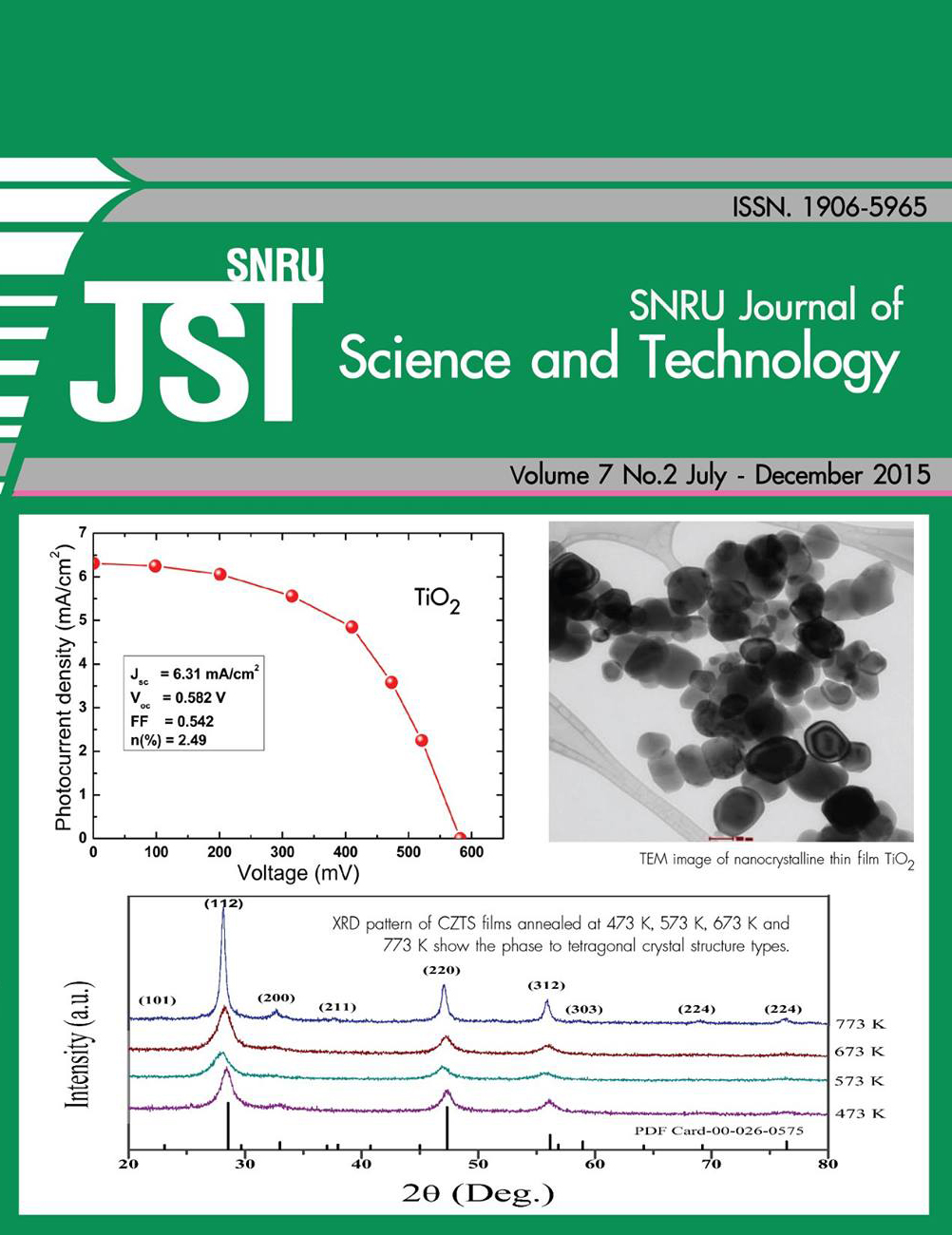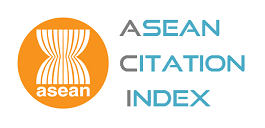รูปแบบการเรียนการสอนศีลธรรมที่เหมาะสมของครูพระสอนศีลธรรมในโรงเรียน An appropriate model for teaching morality in schools of buddhist monk teachers
Keywords:
รูปแบบการจัดการเรียนการสอน, การสอนศีลธรรม, ครูพระสอนศีลธรรมAbstract
การวิจัยครั้งนี้มีวัตถุประสงค์ 3 ประการ คือ 1) เพื่อศึกษาสภาพปัจจุบันของการจัดการเรียนการสอนศีลธรรมของครูพระสอนศีลธรรมในโรงเรียน 2) เพื่อพัฒนารูปแบบการเรียนการสอนสำหรับครูพระสอนศีลธรรมในโรงเรียน และ 3) เพื่อประเมินรูปแบบการเรียนการสอนศีลธรรมของครูพระสอนศีลธรรมในโรงเรียน การวิจัยแบ่งเป็น 3 ระยะ เครื่องมือที่ใช้ในการวิจัย ประกอบด้วย (1) แผนจัดการเรียนรู้ (2) แบบประเมินแผนจัดการเรียนรู้ (3) แบบประเมินเนื้อหาการเรียนการสอน (4) สื่อประกอบการเรียนการสอน (5) แบบประเมินสื่อประกอบการเรียนการสอน และ (6) แบบทดสอบผลสัมฤทธิ์ทางการเรียน กลุ่มตัวอย่าง คือ นักเรียนโรงเรียนเทศบาลวารินวิชาชาติ ชั้นประถมศึกษาปีที่ 4 จำนวน 40 คน ได้มาโดยวิธีการสุ่มแบบเป็นกลุ่ม สถิติที่ใช้ในการวิเคราะห์ข้อมูล ได้แก่ ร้อยละ ค่าเฉลี่ย ส่วนเบี่ยงเบนมาตรฐาน และสถิติทดสอบค่าที ผลการวิจัยพบว่า 1) สภาพปัจจุบันของการจัดการเรียนการสอนศีลธรรมในโรงเรียน ครูพระสอนศีลธรรม ขาดความรู้ความสามารถในรูปแบบการสอน ขาดแคลนสื่อวัสดุอุปกรณ์ประกอบการเรียนการสอน ไม่มีความเข้าใจหลักสูตรและเนื้อหาเพียงพอ ขาดเทคนิควิธีการสอน ขาดจิตวิทยา ขาดความรู้ด้านการวัดการประเมินผล และขาดขวัญกำลังใจ 2) รูปแบบการเรียนการสอนศีลธรรมที่เหมาะสมของครูพระสอนศีลธรรมมีองค์ประกอบ 4 ประการ คือ 2.1) หลักการของรูปแบบ มี 5 หลักการ ได้แก่ (1) ผู้เรียนเรียนรู้ด้วยตนเอง (2) ผู้เรียนประเมินตนเองทั้งก่อนเรียนและหลังเรียน (3) ดูการสร้างกระบวนการเสริมแรง (4) การมีส่วนร่วม และ (5) การฝึกปฏิบัติ 2.2) วัตถุประสงค์ของรูปแบบ คือ (1) เพื่อให้ได้ผลการเรียนที่ต้องการตามมาตรฐานและตัวชี้วัด (2) เพื่อให้ผู้สอนสามารถออกแบบกิจกรรมการเรียนการสอนได้ (3) เพื่อให้เกิดสิ่งแวดล้อมในการเรียนการสอนที่เหมาะสม (4) เพื่อให้การเรียนการสอนสอดคล้องกับหลักการของรูปแบบ และ (5) เพื่อให้ผู้เรียนพึงพอใจต่อการจัดกิจกรรมการเรียนการสอน 2.3) กิจกรรมการเรียนการสอน มี 3 ขั้นตอน คือ (1) ขั้นนำ (2) ขั้นสอน และ (3) ขั้นสรุป 2.4) การวัดและการประเมินผลประกอบด้วย (1) การวัดผลสัมฤทธิ์ทางการเรียน (2) การวัดความพึงพอใจของผู้เรียน 3) การประเมิน รูปแบบการเรียนการสอนศีลธรรมที่เหมาะสมของครูพระสอนศีลธรรมในโรงเรียนซึ่งปรากฏผลดังนี้ 3.1) รูปแบบการจัดการเรียนการสอนศีลธรรมของครูพระสอนศีลธรรมในโรงเรียนที่สร้างขึ้นมีประสิทธิภาพ (82.5/87.9)ซึ่งสูงกว่าเกณฑ์(80/80) 3.2) นักเรียนมีความพึงพอใจต่อรูปแบบการเรียนการสอนศีลธรรมของครูพระสอนศีลธรรมในระดับมาก ที่สุด ( =4.57) 3.3) นักเรียนมีคะแนนเฉลี่ยหลังเรียน เท่ากับ 35.5 คะแนนเฉลี่ยก่อนเรียน เท่ากับ 32.9 ผลสัมฤทธิ์ทางการเรียนหลังเรียนสูงกว่าก่อนเรียนอย่างมีนัยสำคัญทางสถิติที่ระดับ .05
The purposes of this research were: 1) to examine the current conditions of teaching morality at schools by Buddhist monks, 2) to develop a model for teaching morality of Buddhist monks, and 3) to evaluate a model for teaching morality at school. This research was divided into three phases. The research instruments consisted of (1) lesson plans, (2) an evaluation form for lesson plans, (3) an evaluation form for contents, (4) teaching media, (5) an evaluation form for teaching media, and (6) the achievement tests. The subjects of the research were 40 Prathom Suksa 4 students, selected by means of a cluster random sampling technique. The data were analyzed by means of percentage, means, standard deviation, and t-test. The results were as follows: 1) The current conditions of teaching morality management at schools are that Buddhist monks lack knowledge and competency on teaching approaches, have limited use of teaching materials and medias have inadequate understanding of curriculum and contents, and have limited teaching techniques, psychology, testing knowledge, evaluation, and morale support; 2) The appropriate model of teaching morality of Buddhist comprised four components: 2.1) Principles : (1) self-instructed learning, (2) self-evaluation both before and after learning, (3) establishment of reinforcement process, (4) participation, and (5) practice; 2.2) Model Objectives: (1) to obtain the learning achievement in accordance with standards and indicators, (2) to enhance teachers’ competency in designing instructional activities, (3) to promote desirable teaching environments, (4) to create the instruction in line with the model’s principles, and (5) to create student satisfaction towards the constructed model; 2.3) Learning and teaching activities consisted of three steps (1) introduction, (2) teaching, and (3) conclusion;
2.4) Measurement and evaluation: (1) evaluation of learning achievement and (2) student satisfaction assessment. 3) The Model evaluation was as follows: 3.1) Morality teaching management model of Buddhist monks yielded the efficiency index of 82.5/87.9, which surpassed the established criteria of 80/80; 3.2) Students’ satisfaction showed that the students were highly satisfied with the teaching model with the mean scores of 4.57; 3.3) The students’ achievement test scores after the intervention was at 35.5, which was significantly higher than that of before 32.9. The students’ learning achievement after the intervention was higher than that of before at the .05 level of significance.








